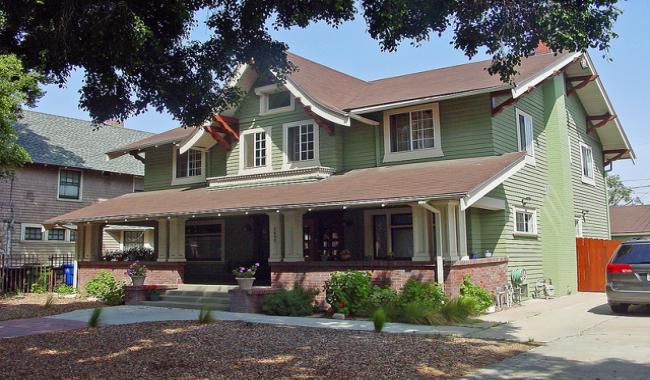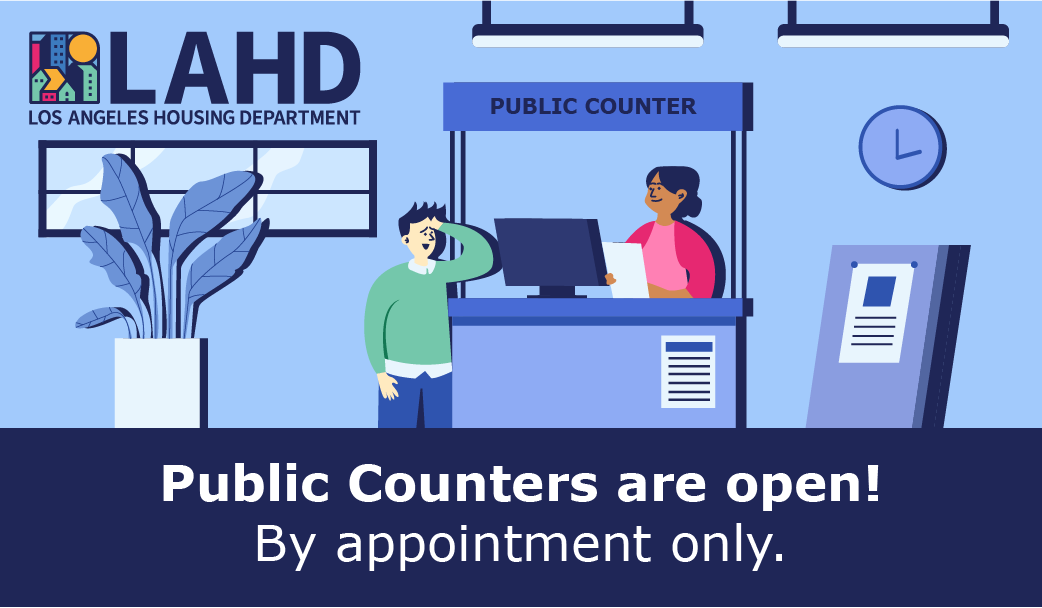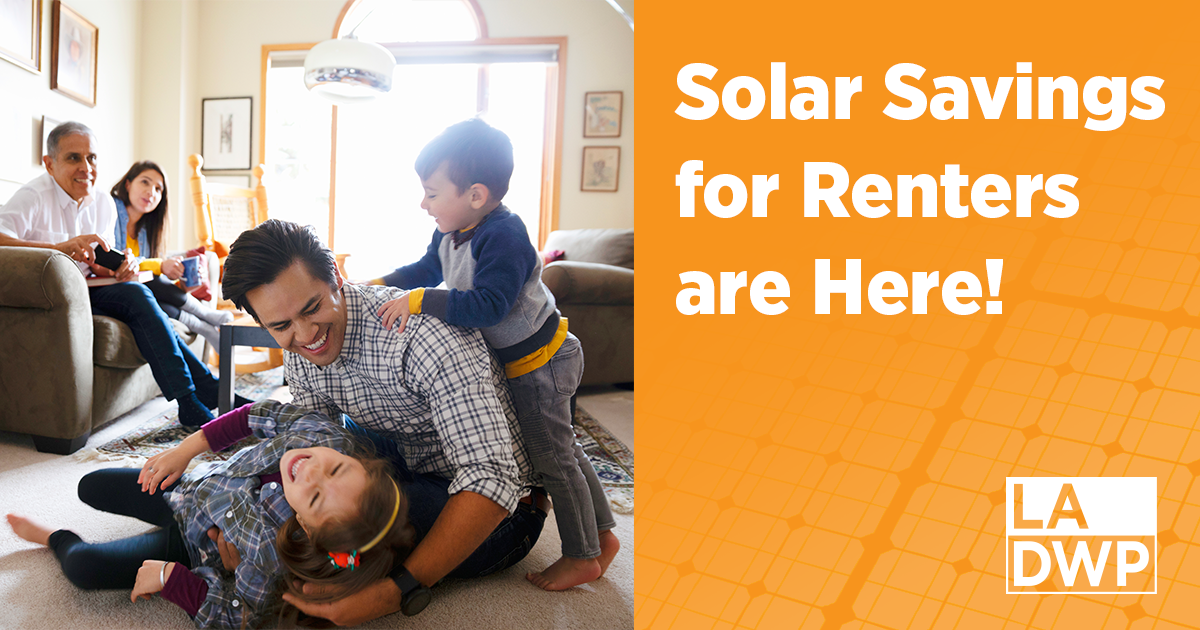
Photo by Kansas Sebastian is licensed under CC BY 2.0
Why should you maintain your property?
Maintaining safe and sanitary rental housing is one of the Los Angeles Housing Department’s (LAHD) primary goals. In California, it is well established that property owners must live up to the “implied warranty of habitability.” The state Supreme Court ruled that owners of rental properties must provide tenants with a safe and sanitary place to live. In addition, since rental units typically are business investments for property owners, most owners want to keep them safe, clean, attractive, and in good repair to generate income and increase property value. Therefore, as an owner of a residential rental property with two or more units on a lot, it is your responsibility to maintain your property in accordance with the applicable codes and standards.
What should you maintain at your property?
There are many kinds of defects that could make a rental unit unlivable. The implied warranty of habitability requires property owners to maintain their rental units in a condition fit for the “occupation of human beings.” In addition, the rental unit must “substantially comply” with building and housing code standards that materially affect tenants’ health and safety.
A rental unit may be considered uninhabitable (unlivable) if it contains a lead hazard that endangers the occupants or the public, or is a substandard building because, for example, a structural hazard, inadequate sanitation, or a nuisance endangers the health, life, safety, property, or welfare of the occupants or the public.
In addition to above mentioned conditions, make sure that your rental property does not contain the following conditions:
- Blocked Exits
- Inoperable Fire Equipment (usually stand pipes & fire doors)
- Wedged Open or Blocked Fire Doors
- Locked Exit Doors
- Unlit Exits or Lack of Exit Lighting
- Missing/Inoperable/Defective Smoke Alarms
- Missing/Inoperable/Defective Carbon Monoxide Detectors
- Uncharged/Missing Fire Extinguishers
- Damaged Walls & Ceilings
- Peeling Paint
- Missing/Torn Insect Screen
- Broken Doors, Windows & Cabinets
- Damaged Floors/Floor Coverings
- Damaged/Missing/Inoperable Drainboards & Plumbing Fixtures
- Damaged/Missing/Inoperable Electrical Fixtures
- Lack of Heat
- Inadequate Electrical Service
- Defective Drainage
- Plumbing Leaks
- Plumbing Fixture Surface Damage
- Lack of flow of Hot and Cold Water
- Electrical Equipment not Securely Mounted
- Exposed Wires
- Missing Electrical Cover plates
- Illegal Construction
- Illegal Electrical Work
- Illegal Plumbing Work
- Illegal Unit
- Illegal Use/Occupancy
This is not a comprehensive list. Failure to make repairs in these and other areas can cost an owner much more in time and money if not addressed in a timely manner. Learn more about building codes and standards.
How can you maintain your property?
Before renting a rental unit to a tenant, you must make the unit fit to live in, or habitable. Additionally, while the unit is being rented, you must repair problems that make the rental unit unfit to live in, or uninhabitable. Although there is no “one size fits all” approach for maintaining a residential rental property, it would be beneficial if you have:
- A quick and effective process in place through which your tenant can notify you about any issues at the property.
- A routine preventative maintenance inspection of your property.
- The opportunity to be a part of an organization which will provide you timely updates regarding any applicable laws affecting rental properties.
- An onsite manager or local property management company (for owners who live far) who can take care of the problem before it gets worse.
- An opportunity, attend the Property Management Training Program (PMTP) administered by LAHD.
How can LAHD help you in maintaining your property?
1. To achieve its goal of maintaining safe and sanitary rental housing, LAHD conducts two types of inspections
- Periodic Inspections, commonly known as Systematic Code Enforcement Program (SCEP) inspections and
- Complaint Inspections
During these inspections, inspectors from LAHD identify violations for you and provide you an opportunity to correct them. Learn about our inspection programs.
2. The Lead Hazard Remediation Program (LHRP) provides grants to property owners to make their properties lead-safe and to eliminate health and safety hazards.
What happens if you do not maintain your property?
Failure to maintain your property in accordance with the applicable codes and standards could result in your property being referred to the City of Los Angeles Rent Escrow Account Program (REAP) and/or you may be referred to the Office of the City Attorney for prosecution.



